Visual supports are invaluable tools in helping children with autism and other developmental disabilities reach their full potential. These supports come in various forms, such as visual schedules, social stories, and visual cues, all designed to help children better understand and navigate their environment. In the context of Applied Behavior Analysis (ABA) therapy, incorporating visual supports can significantly enhance treatment outcomes by providing additional structure, clarity, and predictability to a child’s learning experience. At Strive ABA Consultants, our dedicated team of professionals recognizes the power of visual supports and is committed to utilizing these tools effectively to foster successful growth and development for children with autism.
In this article, we will explore the benefits of integrating visual supports into ABA therapy, discussing how they can facilitate skill development, promote understanding, and ultimately help children with autism thrive. We will also examine various types of visual supports commonly used in ABA therapy and provide examples of how Strive ABA Consultants incorporates these tools into their evidence-based treatment programs.
Benefits of Visual Supports in ABA Therapy
Visual supports are powerful tools that can enhance the effectiveness of ABA therapy for children with autism. By providing additional structure and clarity, these supports help to facilitate skill development, promote understanding, and increase overall treatment success. Key benefits of integrating visual supports into ABA therapy include:
- Simplifying Abstract Concepts: Visual supports can help to break down complex or abstract concepts, making them more accessible and comprehensible to children with autism. This can lead to a better understanding and mastery of skills targeted during therapy sessions.
- Providing Structure and Predictability: Visual supports can help to create a structured and predictable learning environment, easing anxiety and enabling children with autism to feel more comfortable and confident during therapy sessions.
- Enhancing Communication Skills: For children who struggle with verbal communication, visual supports can serve as a valuable bridge, providing an alternative means of understanding and expressing thoughts, feelings, and needs.
- Encouraging Independence: Visual supports can empower children with autism to become more independent, as they learn to rely on these tools to navigate their environment and complete tasks with reduced reliance on adult assistance.
Types of Visual Supports Commonly Used in ABA Therapy
There are a variety of visual supports that can be effectively incorporated into ABA therapy sessions. Some of the most commonly used types of visual supports include:
- Visual Schedules: These are tools that provide a structured outline of a child’s daily activities or tasks. Visual schedules can be customized to display information using words, pictures, or both, ensuring they cater to a child’s specific needs.
- Social Stories: Social stories are short, personalized stories that describe various social situations and explain appropriate behaviors and responses. These stories can help children with autism learn how to navigate social interactions and develop crucial social skills.
- Visual Cues and Prompts: Visual cues and prompts are simple tools that help guide children through specific tasks or behaviors. These cues can range from pictures illustrating the steps of a task to symbols that remind a child of appropriate behavior in certain situations.
- Token Boards: Token boards are visual reinforcement systems used to motivate and reward children for completing tasks or exhibiting desired behaviors. Children earn tokens for their accomplishments, which can later be exchanged for preferred items or activities.
Examples of Strive ABA Consultants’ Approach to Visual Supports
At Strive ABA Consultants, we believe in the power of visual supports and incorporate them into our evidence-based treatment programs. Some examples of how we utilize these tools in our ABA therapy sessions include:
- Utilizing Visual Schedules: Our therapists work closely with families to create personalized visual schedules that depict a child’s daily activities or tasks. These schedules can help children understand the sequence of events and manage transitions more effectively.
- Developing Customized Social Stories: To support a child’s growth in social skills, our therapists create and implement customized social stories that address unique social situations and challenges faced by the child.
- Employing Visual Cues and Prompts: Our therapists incorporate visual cues and prompts to guide children through specific tasks and support the development of various skills, such as self-care, communication, and problem-solving.
- Implementing Token Boards: In instances where reinforcement is proven to be effective, our therapists utilize token boards to incentivize and reward positive behaviors or the completion of target tasks.
Promoting Success with Visual Supports in ABA Therapy
The incorporation of visual supports into ABA therapy can play a pivotal role in promoting lasting success for children with autism. By simplifying abstract concepts, providing structure and predictability, enhancing communication skills, and encouraging independence, these tools can help children overcome barriers and experience lasting growth.
Conclusion
Visual supports are invaluable tools that can significantly enhance the effectiveness of ABA therapy for children with autism. By harnessing the power of visual supports, we strive to break through the barriers that children with autism may face, facilitating their journey towards a brighter future.
Through expert implementation of these supports, the dedicated team at Strive ABA Consultants aims to create structured and engaging learning environments that empower children to thrive.
To learn more about our approach to incorporating visual supports into ABA therapy, contact Strive ABA Consultants and discover how we can help your child with autism achieve lasting success on their path to growth and development.


